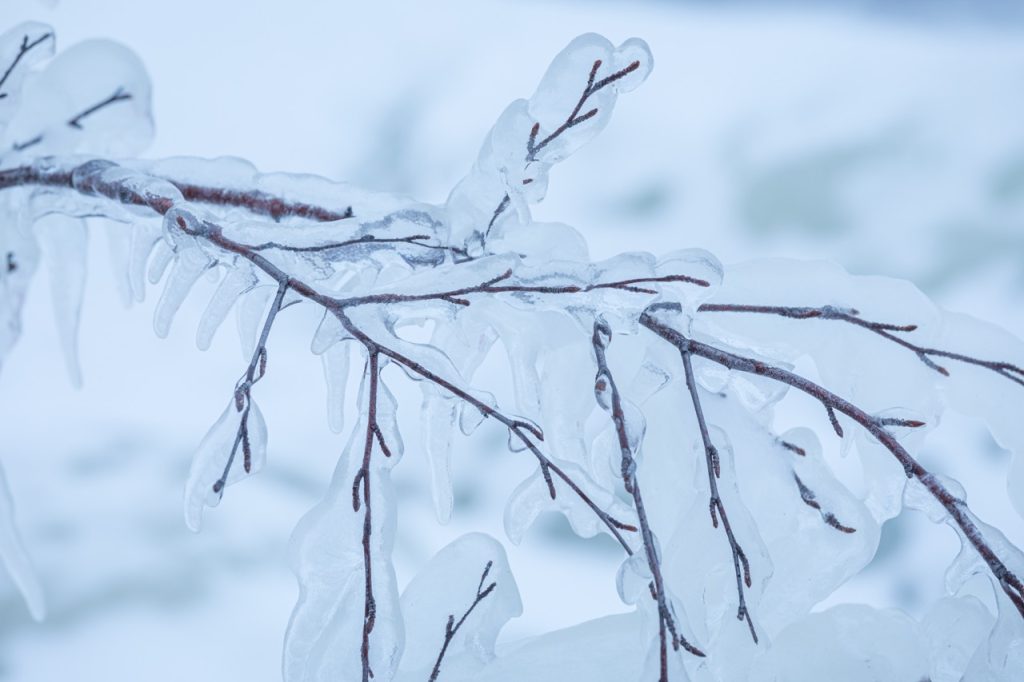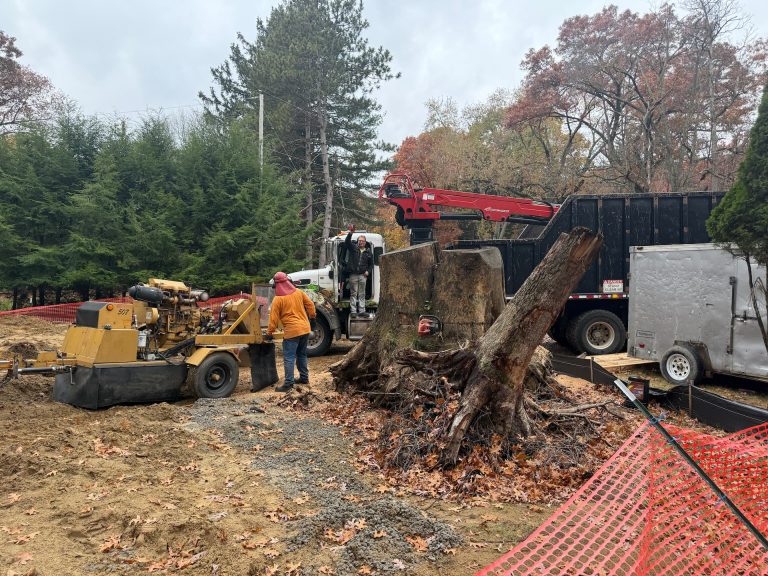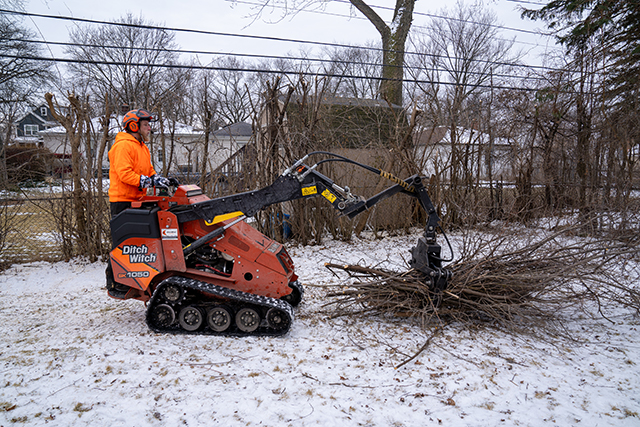Winter Moisture Protection — Shield Your Trees from Cold-Weather Stress and Dehydration

As the temperatures drop and winter sets in, most homeowners focus on keeping their homes warm — but what about their trees? Even during dormancy, trees face one of the most common yet overlooked seasonal threats: winter dehydration.
Cold weather brings freezing winds, dry air, and reduced soil moisture, all of which can stress or even kill trees if they aren’t properly protected. Fortunately, with the right winter moisture protection, you can help your trees stay strong and hydrated until spring.
Understanding Winter Tree Stress
Winter tree stress occurs when a tree loses more water through its branches and needles than it can absorb from frozen soil. This imbalance can lead to dehydration, tissue damage, and even dieback in spring.
Young trees, evergreens, and recently transplanted specimens are particularly vulnerable because their root systems aren’t fully established. When the ground freezes, these roots can’t pull in the moisture they need — leaving the tree thirsty even while surrounded by snow.
You might not see the effects right away, but come spring, the symptoms appear: brown needles, leaf scorch, or branch dieback. That’s why preventive care before and during winter is essential.
How to Protect Trees from Winter Dehydration
1. Deep Watering Before the Ground Freezes
In late fall, give your trees a deep soak before the first hard freeze. This helps saturate the root zone and stores moisture for the months ahead. Focus on watering young and newly planted trees, as well as evergreens, which continue to lose water through their needles all winter long.
A good rule of thumb: water slowly and deeply until the soil is moist 12–18 inches below the surface. Avoid watering once the ground is frozen, as it won’t penetrate to the roots.
2. Mulch to Retain Moisture and Regulate Temperature
A layer of mulch is one of the best defenses against winter stress. Apply 2–4 inches of organic mulch (like shredded bark or wood chips) around the base of each tree, keeping it a few inches away from the trunk to prevent rot.
Mulch acts as a natural insulator — regulating soil temperature, reducing evaporation, and keeping roots moist longer. It also helps prevent freeze-thaw cycles that can damage young roots.
3. Windbreaks for Evergreens
Cold, dry winds are especially harsh on evergreens, pulling moisture directly from their needles. If your trees are in open or exposed areas, consider using burlap screens or temporary windbreaks to protect them from direct winter gusts.
For young evergreens, wrapping the entire tree in breathable burlap can help prevent winter burn while still allowing air circulation.
4. Anti-Desiccant Treatments
Professional-grade anti-desiccant sprays (or anti-transpirants) are an excellent way to help trees retain moisture during the driest months. These treatments form a thin, invisible coating on leaves or needles, reducing water loss from evaporation.
Galaxy Tree Service uses safe, effective, horticultural-grade products to shield evergreens and other sensitive trees from dehydration through the harshest winter weather.
Professional Winter Moisture Protection with Galaxy Tree Service
Your trees are a long-term investment — and protecting them through the winter means fewer problems (and costs) come spring. The certified arborists at Galaxy Tree Service provide comprehensive winter care, including deep root watering, mulching, anti-desiccant treatments, and inspections for cold-weather damage.
We tailor every treatment to your property’s needs, ensuring your trees stay hydrated, healthy, and ready to thrive once warmer weather returns.
Call (855) 648-7337 or visit 🌐 galaxytree.com to schedule your Winter Tree Protection Service today!






